AI Document Indexing: Turning Unstructured Content Into AI Knowledge


AI document indexing is now at the centre of every modern business that relies on automation, AI chatbots, or intelligent search.
It ensures that valuable information in your PDFs, wikis, and internal documents is organised, accessible, and ready to power your AI systems.
Without proper indexing, critical business knowledge often stays hidden and unable to support decision-making, customer queries, or automated workflows.
In this blog, you will find a practical breakdown of how AI document indexing works, why it’s essential for Retrieval-Augmented Generation (RAG), which tools can help, and the steps you can take to build an effective, error-free pipeline for your business.
AI document indexing is the process of transforming unorganised files—PDFs, onboarding manuals, internal policies, chat logs—into structured content that AI models can search, retrieve, and use to generate accurate answers.
This is a most critical part of Retrieval-Augmented Generation (RAG) pipelines, where the language model supplements its internal knowledge with real information from your own documents.
If your files aren’t indexed properly, your AI agents cannot fetch reliable data, leading to generic, sometimes hallucinated/inaccurate answers.
| Concept | Definition |
|---|---|
| Parsing | Extracting plain text from files (PDFs, docs, web pages) by removing noise (headers, footers, navigation). |
| Chunking | Splitting documents into smaller, meaningful segments (paragraphs, sections, topics) to improve retrieval. |
| Embedding | Turning each chunk into a vector—numerical format that captures meaning, used in semantic search. |
| Vector DB | Specialised database (like Qdrant, Weaviate) for storing embeddings and running similarity search. |
| Metadata | Extra details for each chunk—source file, section, tags—for better filtering and context. |
Retrieval-Augmented Generation (RAG) has become the gold standard for building reliable, context-aware AI systems. But even the most advanced language models can only generate accurate responses if they have access to relevant, up-to-date information. This is where AI document indexing makes all the difference.
When you index your files:
Example:
A user asks, “How do I claim travel expenses?”
Your internal policy uses the phrase, “Reimbursement for business-related journeys.”
With semantic indexing, RAG finds the answer—even when the query and source don’t match exactly.
For any RAG system, document indexing is essential. It enables the conversion of raw data into vectors so that your AI delivers accurate, context-rich responses efficiently.
AI document indexing follows a repeatable pipeline. Each stage turns raw, unstructured content into something AI systems can retrieve and use in real time. Here’s how it works:
Your source documents can include:
Gather all relevant files, no matter their format or location.
Using the Natural Language Processing:
Clean parsing ensures only meaningful content moves to the next step.
Accurate chunking improves retrieval precision for AI queries.
Embeddings are the foundation for matching user questions to the right content.
Every effective RAG system depends on a solid pipeline. It makes sure your business data stays live, reliable, and ready for AI to deliver smart answers
| Use Case | What Gets Indexed | Who Benefits | AI Advantage |
|---|---|---|---|
| Customer Support Automation | FAQs, policies, troubleshooting guides, chat logs | Customers, Support Teams | 24/7 answers, consistent, faster resolutions |
| Internal Knowledge Search | SOPs, HR manuals, wikis, training docs | All Employees | Accurate, cross-team knowledge access |
| Legal & Compliance Auditing | Contracts, regulatory updates, audit trails | Legal, Compliance, Auditors | Quick lookups, policy traceability |
| Contract & Policy Analysis | Agreements, terms, policy documents | Legal, Procurement | Extracts clauses, highlights obligations |
| Employee Onboarding & Training | Onboarding kits, internal FAQs, workflow docs | HR, New Employees | Reduces manual queries, up-to-date information |
| Workflow Automation & Triggers | Project docs, tickets, emails, forms | Ops, Product, IT | Detects actions, automates task assignment |
| Customer Self-Service Portals | Product manuals, troubleshooting steps, guides | End Users, Partners | AI guides users step-by-step, lowers support cost |
| Research & Data Analysis | Technical papers, reports, datasets | Analysts, R&D, Product Teams | Surfaces relevant insights, speeds up research |
AI document indexing enables all these use cases by making your knowledge base instantly accessible, meaningfully searchable, and easy to integrate with AI agents, voice agents, and chatbots.
Good indexing begins with clear, well-structured content. How you prepare your files directly impacts how accurately AI can extract, chunk, and retrieve the right information.
This step is only for developers building there custom AI:
When your documents are well-structured, they’re easier to parse, more accurate to retrieve, and help your AI agents perform better in every use case
AI document indexing is the process of converting unstructured files—such as PDFs, Word documents, emails, or wikis—into a structured, searchable format. This allows AI systems to find and use relevant information for answering questions or automating workflows.
Retrieval-Augmented Generation (RAG) relies on document indexing to supply the language model with accurate, up-to-date context from your own knowledge base. Without indexing, the AI cannot fetch or reference your latest business content.
Digital text formats such as Markdown (.md), TXT, DOCX, and PDFs without tables & images are preferred. Markdown is often the best choice because it makes headings, lists, and sections clear to both humans and AI.
Check for:
If these are present, your content is ready for AI indexing.
Yes, for most modern RAG pipelines, a vector database is required. It enables fast semantic search by storing document chunks as embeddings—making retrieval efficient and accurate.
Absolutely. Even small companies benefit from structured document indexing. AI agents and chatbots become more reliable and useful when they have access to properly indexed business content.
Leading tools include YourGPT, Qdrant, Pinecone, Weaviate, LlamaIndex, LangChain, and Chroma. Each tool has its own strengths—choose based on your workflow, volume, and technical requirements.
Update your index whenever content changes, new documents are added, or major policy updates occur. Regular validation ensures AI answers remain accurate and up-to-date.
AI document indexing is no longer just a backend technical process, it is a foundational requirement for any business looking to adopt AI agents based on Retrieval-Augmented Generation (RAG) or build custom AI-driven workflows.
When your documents are well-structured, properly chunked, and indexed, your AI system can access the most relevant and up-to-date information. This ensures responses are context-aware and rooted in real business knowledge.
A strong indexing pipeline helps reduce manual search efforts, accelerates customer support and employee onboarding, and enhances compliance and audit preparedness. It help teams with confidence that every AI-generated response is backed by accurate and current company data.
As more businesses integrate AI into their daily operations, the quality of document indexing becomes directly linked to the reliability and trustworthiness of these systems.
Investing in clean document structure, the right tools, and continuous validation ensures your knowledge base remains ready to answer any question—now and as your business scales.
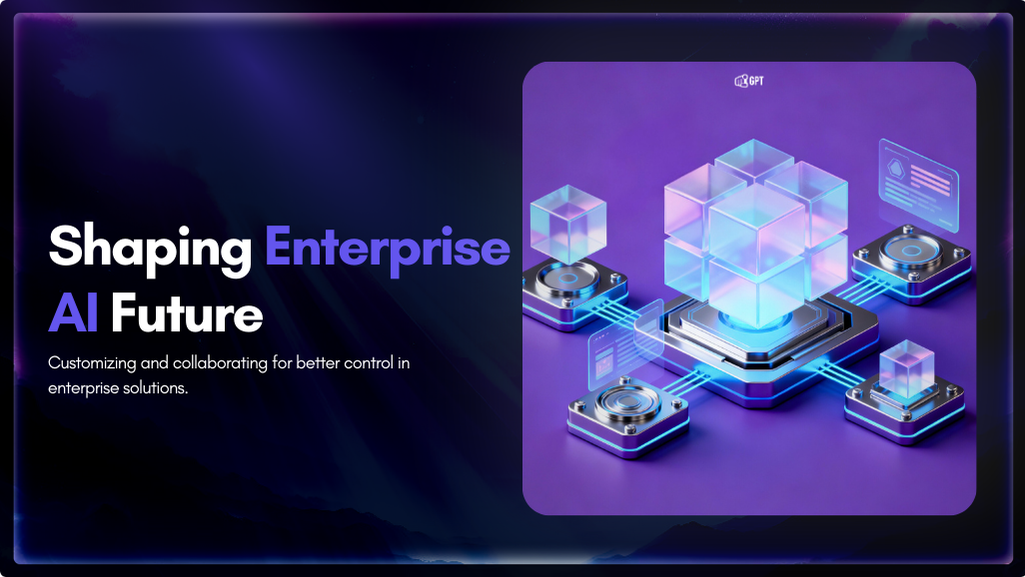
Artificial Intelligence has advanced quickly over the past five years, moving from an experiment to a standard component of modern business. AI has become a central part of enterprise strategy. 88% of organizations are now using AI. This figure has increased from 78% the year before. This transformation is reshaping how companies run, communicate, and […]

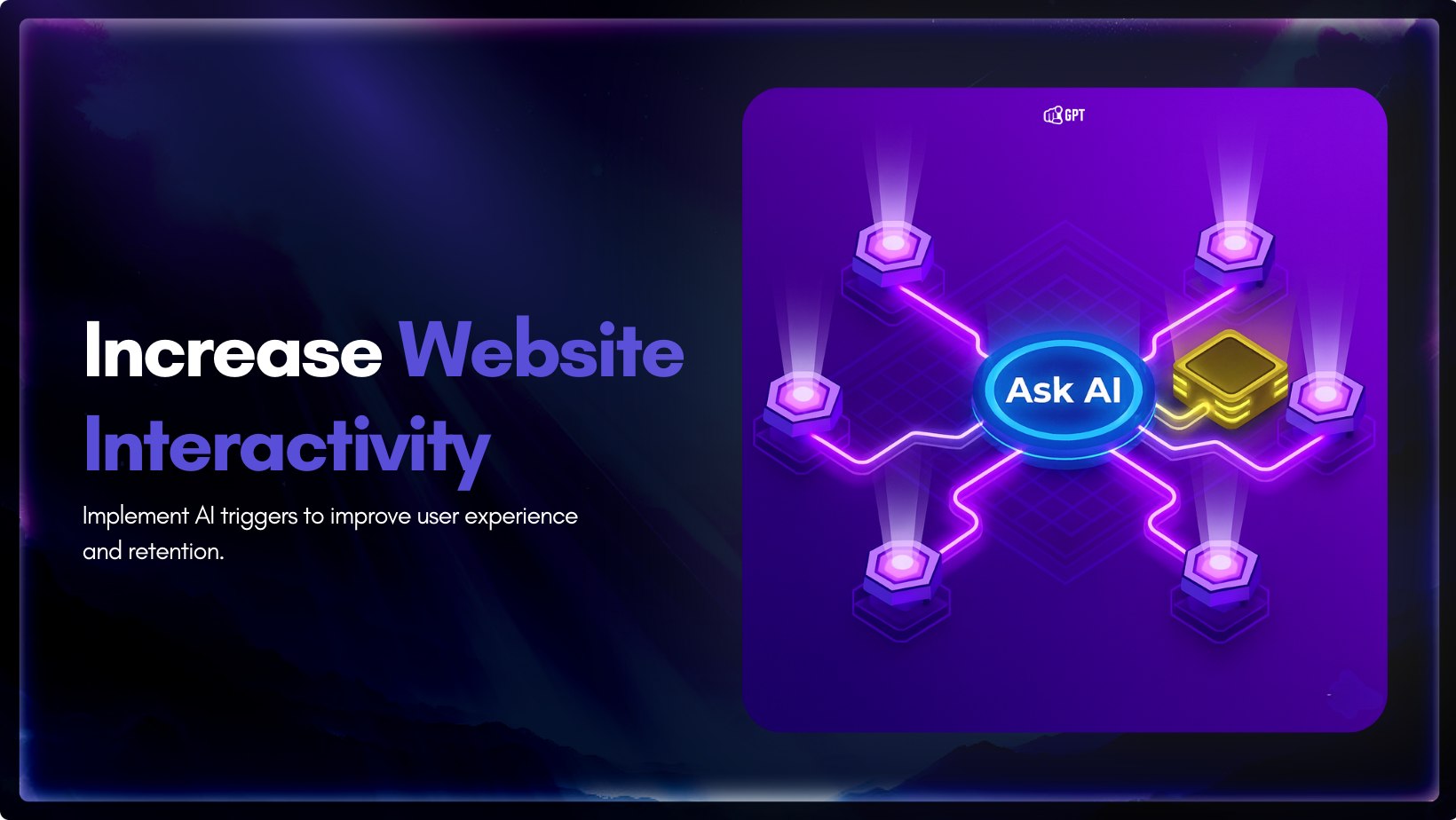
You invest time writing your website copy. You explain features, pricing, and how everything works. The information is there. Still, some visitors leave without clarity, and small gaps in understanding often stop them from moving forward. This happens because a static page cannot adjust to what they want at that moment. They skim a section, […]

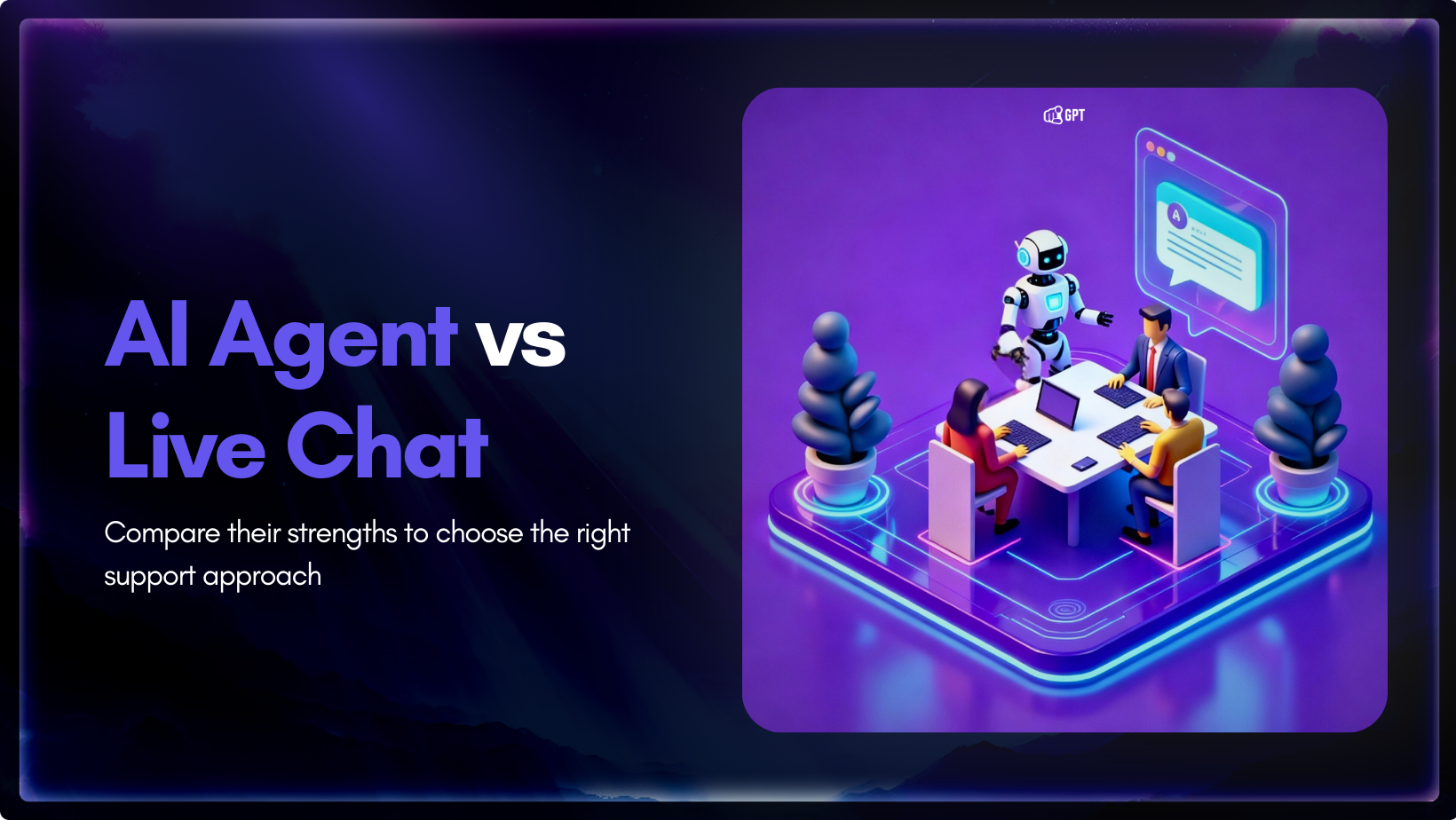
AI agent and live chat each play a different role in customer support, and the choice between them influences how a team handles growth. Companies are moving toward faster support models, and one clear trend is the use of AI to reduce operating costs by up to 30%. The difference shows up when ticket volume […]

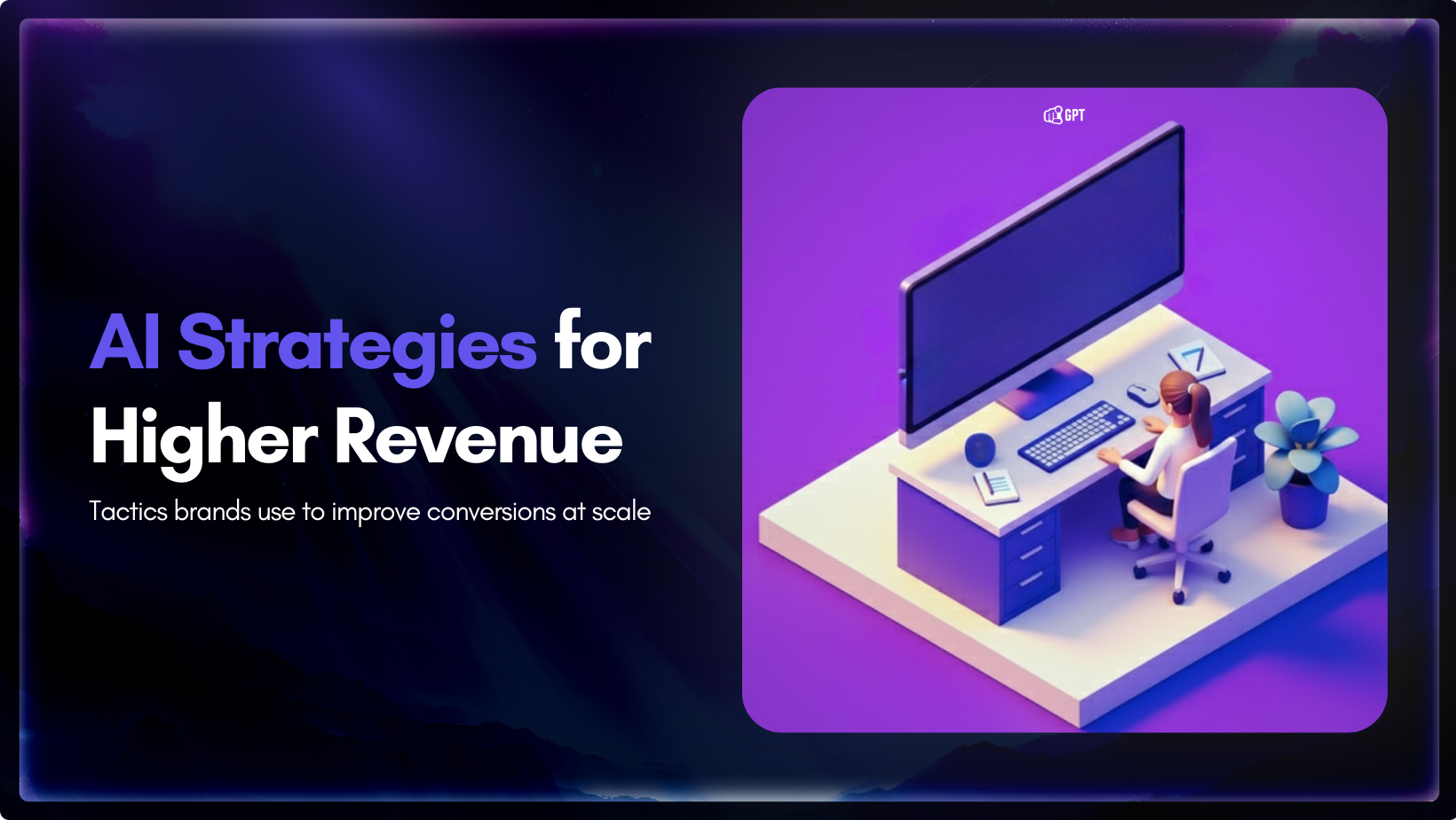
You have definitely heard about the use of AI in marketing. But have you ever seen or learned how it can actually drive revenue? Well, firms using AI in marketing and sales report significant benefits. According to a recent study by McKinsey & Company, revenue increases from AI show up most in marketing and sales, […]

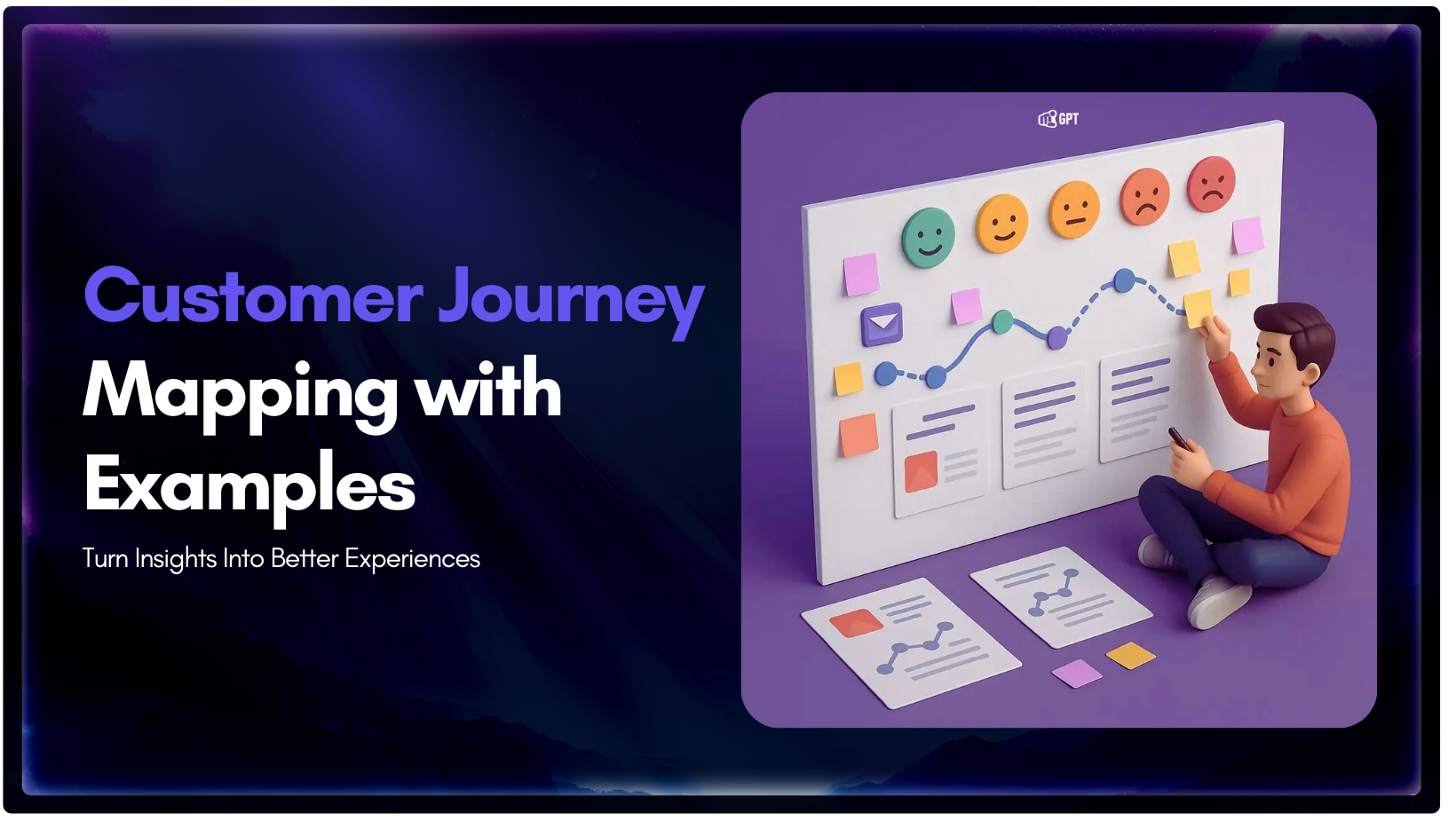
Every business talks about improving customer experience, but many struggle to understand what that experience actually looks like from the customer’s side. This is where a customer journey map becomes essential. It is a practical way to see how people discover your brand, evaluate their options, make a purchase, and decide whether to come back […]

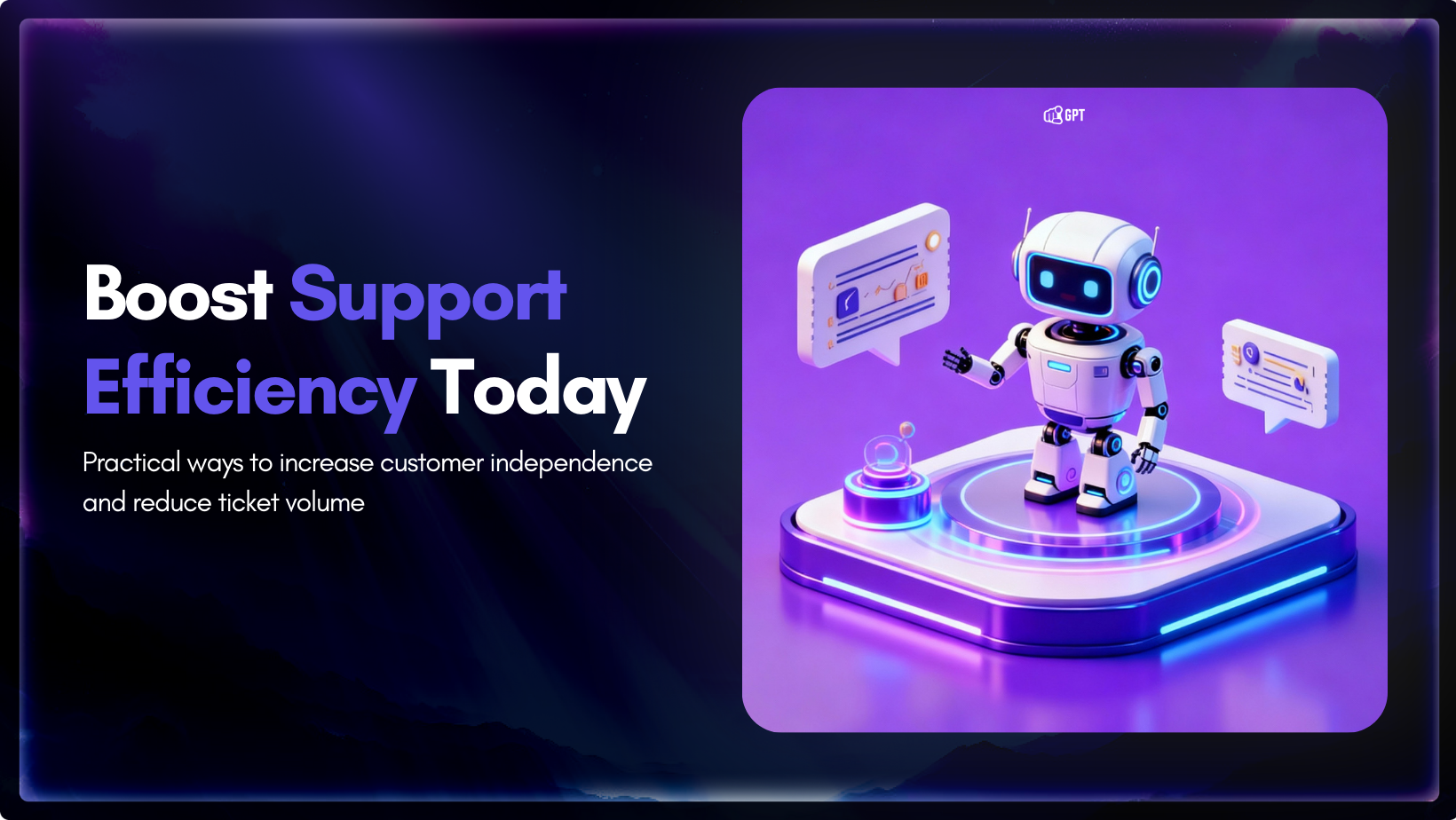
These days, self-service options is the norm for customer support. However, simply having a knowledge base or chatbot is no longer enough. The most important thing is to determine if these tools are effective. Are your customers getting the answers they need? Or are they simply becoming increasingly irate and will eventually contact your support […]
